Notes
The Trayvon Optics So Far
I’ve been working my way into a regular spot on the DC XM-radio show, PoliOptics. We’re taping tomorrow morning and, in preparation, I’ve been trying to put the Trayvon Martin killing, not just a huge cultural story, but also a major visual one, into perspective. The way I look at it, we’ve seen our way through four phases, so far.
Phase 1 was “the aftermath,” demonstrated by cherubic photos of an 11-year-old Trayvon (the most powerful showing him in a hoodie) circulated in the media along with a scruffy perp pic of George Zimmerman. If the Zim pic wasn’t nearly as bad as that infamous photo of Khalid Sheikh Mohammed in his morning glory, to a lot of the public, it was just as damning.
Phase 2 I’d call “the Hoodie Phase” in which a mixture of outrage, empathy and solidarity gave rise to African-Americans and white folks alike donning the hoodie to try and de-stigmatize this article of clothing to the extent it can be associated to urban violence by people of color.
Bag did a “Phase 2″ post, focusing on a demonstration cleverly exploiting the perceived ominousness of young dark men in the notorious garb. What we missed, however, we’re two key images from this phase, the best one being a Lebron-inspired Miami Heat Trayvon Martin tribute portrait of the team in their hoodies. What was brilliant about it was the way it mirrored how this nation loves to glorify black man and black cool and hip-hop culture — and, yes, urban dress — as long as its in the service of the (largely white-owned) sports industrial complex … but that, otherwise, there’s just enough “boyz in the hood” edge there to remind America it isn’t that simple.
Bobbie Rush flaunting the “no hats” rule on the floor of Congress was the other classic image/statement we missed. If the impact got lost in the news cycle somewhere, the fact that the Congressman’s donning the hood would not only fail to elicit collegial understanding but, instead, elicit a protocol-freak out shamefully dramatized how f-ing regressed our leaders are when it comes to really opening their eyes to the issue of race and racism.
Phase 3 was the “backlash phase,” in which Team Zimmerman, aided by a much friendlier photo (as well as a police report that alleged Trayvon attacked him) coincided with scuttlebutt about less-than-Eagle Scout behavior on Trayvon’s part.(I think we did a pretty good job capturing “Phase 1” and “Phase 3” in this post on Thursday including a photo of Trayvon ABC pulled off a memorial flier that, we felt, over-represented the seventeen year old with a evil vibe. LINK.
And now? I’d say we’re into “Phase 4,” the “Trayvon Redemption” phase. What with the video discrediting of Zimmerman’s “I got bloodied” storyline yesterday, what we also saw was the release of a new set of photos from the Martin/Fulton family pulling, again (understandably), for maximum wholesomeness.
The most classic photo, seen atop this post, is Trayvon on a horse in an orange “Reeses Chocolate” t-shirt. If you want to deflate any possible allusion to the stereotype of the angry urban black youth, now depicted as a seventeen-year-old just nine days, in fact, before his death, then show him on a horse. (And who can’t relate to Reeses, the reference, like the Skittles he purchased that fateful night, making us see him that much more like a kid).
In my mind, though, I like this photo more. To the extent “Phase 4” is constituted by a fresh appeal in defense of Trayvon by way of the family photo album, what I’m most wishing for are photos that make the young man more three-dimensional and complex. (That’s why the screenshots of Trayvon’s Twitter page that surfaced during “Phase 2” were also important.)
Along those lines, if Tayvon was a little moody at times, or putting some attitude on display, or didn’t line-up with the family for some reason, in my mind, that actually situates him along teenage norms much more so than when I see him posed on a horse. At this point, what I’m keen to see are photos (and I’m sure there’ll be more) that illustrate Tayvon as less than a saint without jeopardizing the presumption — unless we see irrefutable evidence to the contrary — that he was the victim here.
(photo 1, 2 & 5: Martin/Fulton family. photo 3: LaBron James Rush AP; photo 4: unattributed photo 6: screenshot via Dave Weigel.)
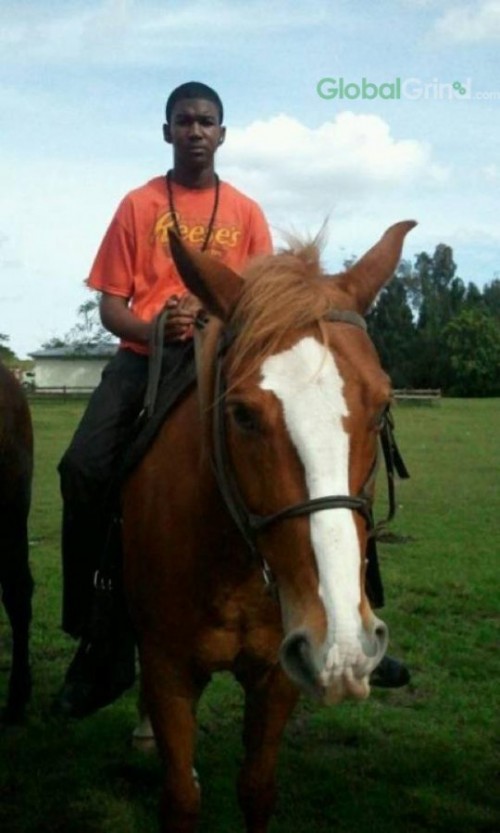
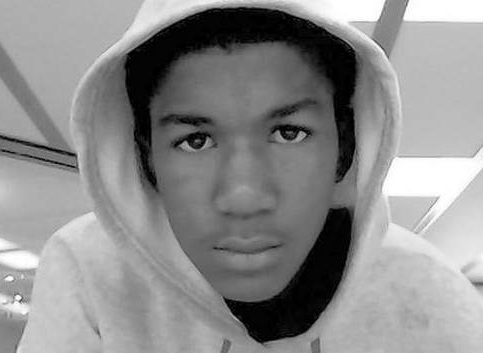
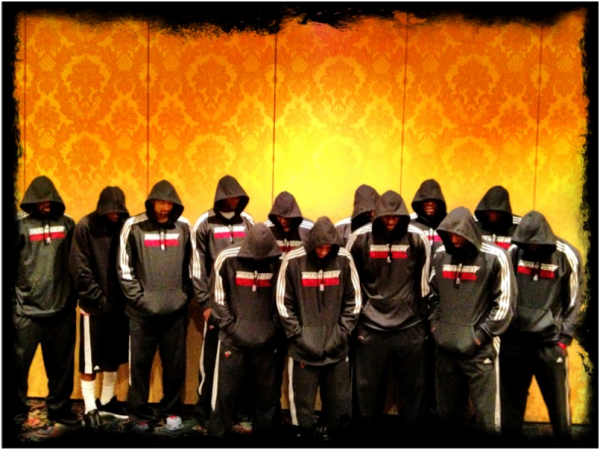

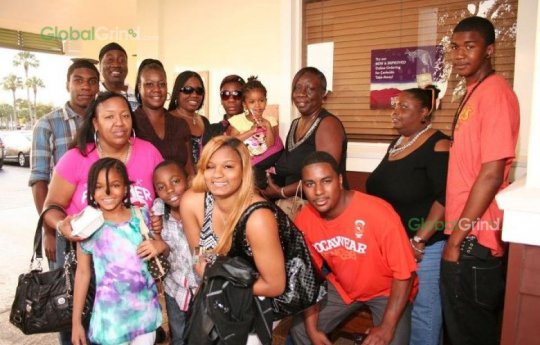
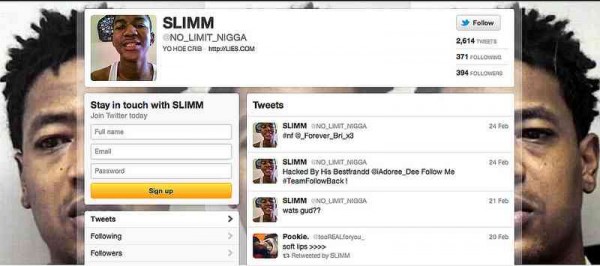
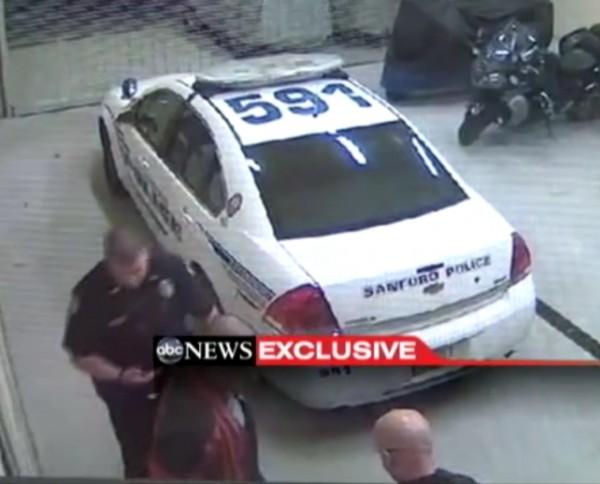
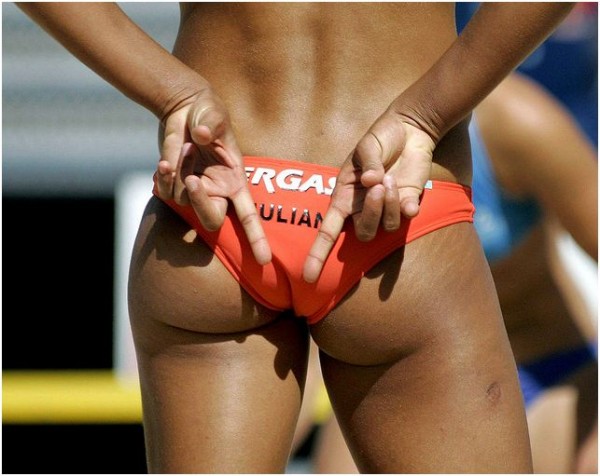
Reactions
Comments Powered by Disqus